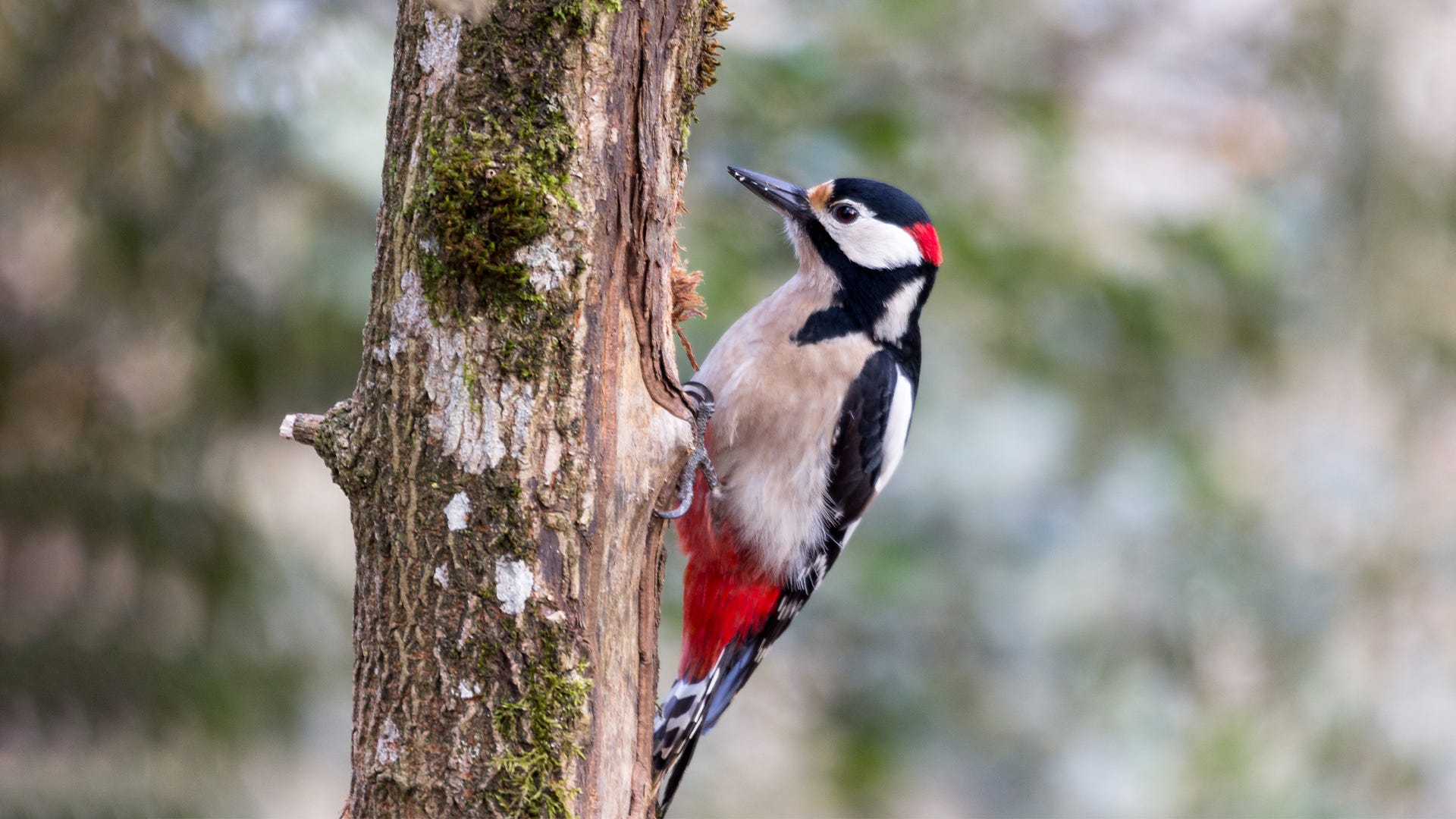Discover the Fascinating World of Woodpeckers: Whatever You Need to Know
The world of woodpeckers is a world loaded with unique behaviors, intricate adjustments, and a diverse variety of varieties. From their environments and circulation patterns to their feeding behaviors and specialized anatomical attributes, woodpeckers have long captivated the passion of ornithologists and nature fanatics alike.
Woodpecker Habitats and Circulation
In North America, for example, woodpeckers can be spotted in both coniferous and deciduous woodlands, utilizing their solid beaks to forage for insects and create nesting dental caries in trees. In Africa, particular woodpecker species have actually adjusted to arid environments, such as the acacia woodlands, where they play an essential function in regulating insect populaces.

Feeding Behaviors and Diet
Amongst the numerous facets of their behavior, woodpeckers show distinctive feeding practices and nutritional choices. These birds are mostly insectivores, with a diet regimen that includes ants, beetles, caterpillars, and other bugs discovered in trees. Woodpeckers use their solid beaks to drill right into the bark of trees, probing for pests and larvae hidden under the surface area. Along with pests, woodpeckers additionally consume nuts, seeds, fruits, and sap. Some types have specialized tongues with barbed pointers that help them remove bugs from holes in wood.
Woodpeckers are recognized for their drumming actions, which offers not just to communicate with other woodpeckers however likewise to situate food. The rapid drumming audio is created by the bird pecking on powerful surfaces like dead trees or steel posts. This habits can draw in bugs hidden in the timber, enabling the woodpecker to spot their presence and feed upon them.
One-of-a-kind Adjustments for Tree Climbing
In their experienced search of pests concealed within tree bark, woodpeckers have evolved amazing anatomical functions that outfit them with unique adaptations for efficient tree climbing. Woodpeckers have solid neck muscular tissues and a distinct head framework that absorb the impact of constant pecking, allowing them to climb up and down without causing harm to their minds. These adjustments read this post here showcase the incredible evolutionary style that allows woodpeckers to browse trees with precision and performance.
Diverse Woodpecker Variety Worldwide
With over 200 various varieties spread out across various habitats worldwide, the family members of Picidae includes a remarkable diversity of woodpeckers. These birds can be discovered in woodlands, forests, savannas, and also city areas, showcasing their versatility to different settings. From the iconic Northern Flicker in North America to the colorful and elusive Crimson-backed Flameback in Asia, each woodpecker species displays one-of-a-kind attributes in regards to tuft, actions, their explanation and habitat preference.
Woodpeckers differ considerably in size, with the diminutive Downy Woodpecker determining around 6-7 inches in size, while the powerful Lineated Woodpecker can get to up to 17 inches - Woodpeckers in Florida. Their beaks additionally can be found in various sizes and shapes, showing their feeding routines. Some species concentrate on drawing out insects from tree bark, like the Acorn Woodpecker, while others, such as the Black-cheeked Woodpecker, feed upon fruits and seeds

Conservation Efforts and Difficulties
Preservation efforts for woodpecker populaces are critical in alleviating the impact of habitat loss and other risks dealing with these varied bird varieties. Woodpeckers encounter various difficulties to their survival, primarily because of logging, urbanization, environment change, and invasive species. To resolve these issues, preservation efforts focus on protecting and bring back woodpecker habitats, implementing sustainable forestry methods, and increasing recognition regarding the importance of these birds in environments.
One substantial challenge in woodpecker conservation is the fragmentation of their environments, causing isolated populations that are a lot more susceptible to termination - Woodpeckers in Florida. Preservationists function to produce wild animals hallways and secured areas that attach these fragmented habitats, permitting woodpeckers to move between different locations for feeding, reproducing, and sanctuary
:max_bytes(150000):strip_icc()/GettyImages-1094628502-a831e9c1be004c05b057f488ff819127.jpg)
Conclusion
In conclusion, woodpeckers are fascinating birds with unique adjustments for tree climbing and feeding actions. Additional study and conservation activities are required to guarantee the survival of woodpeckers in the wild.